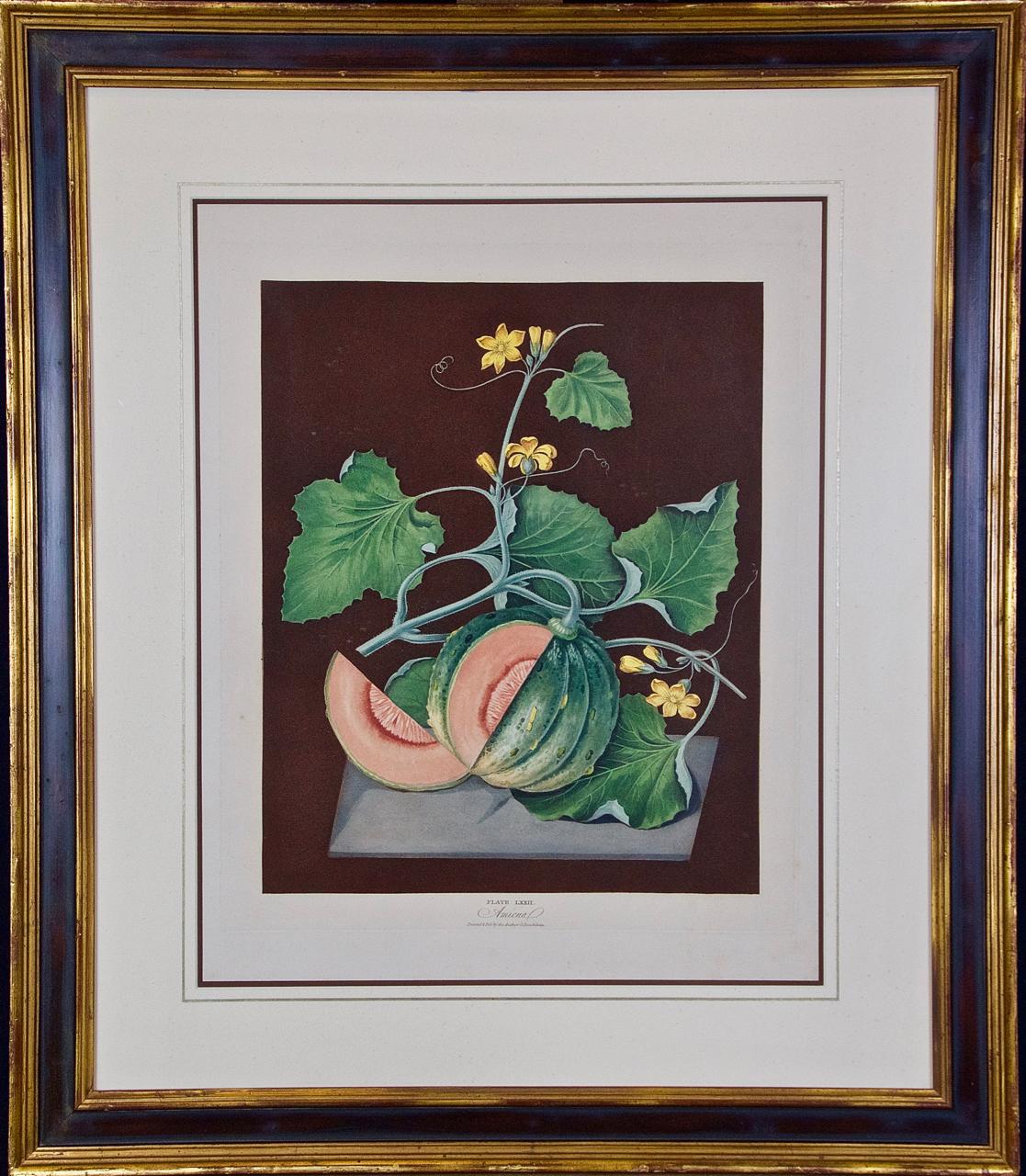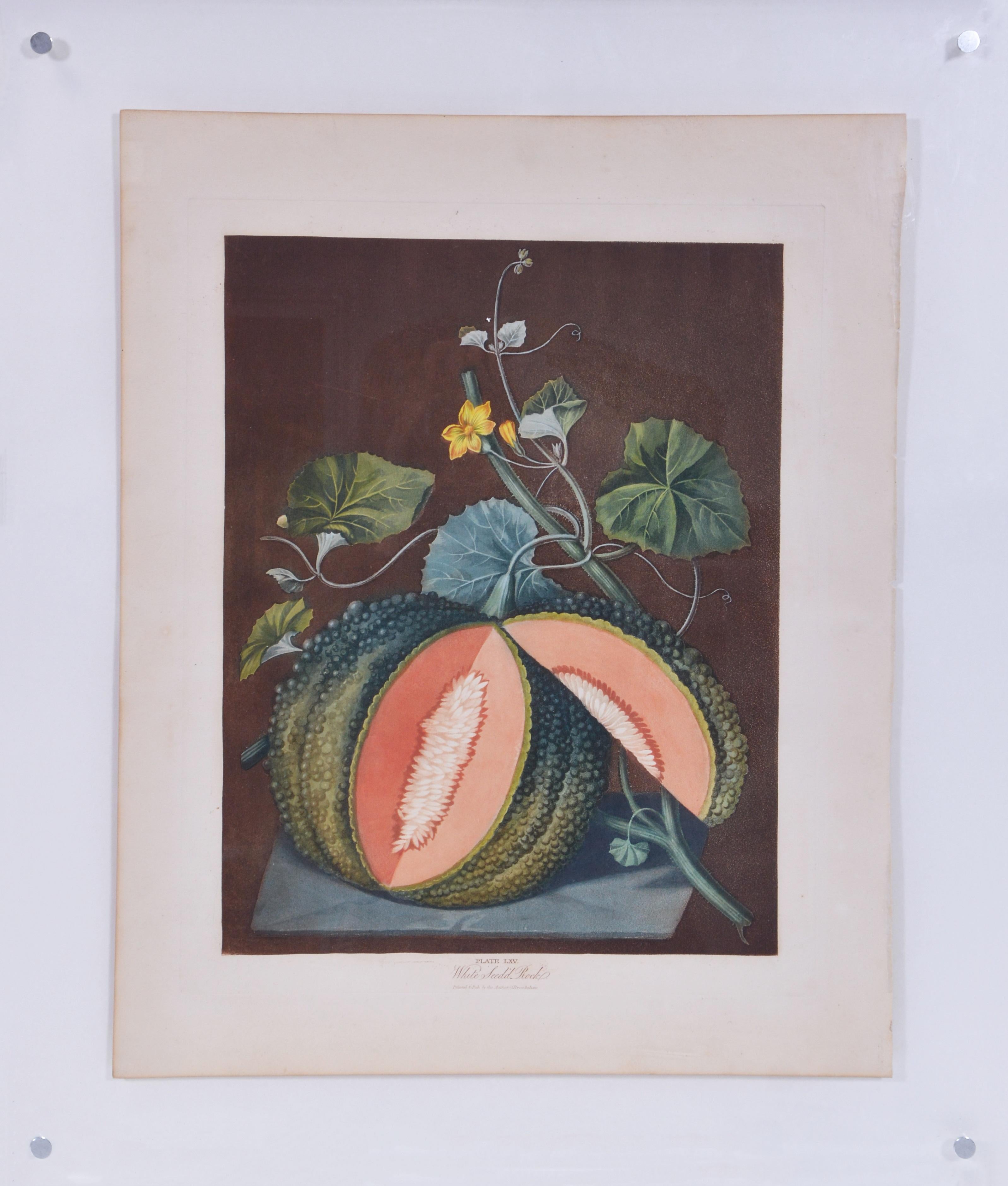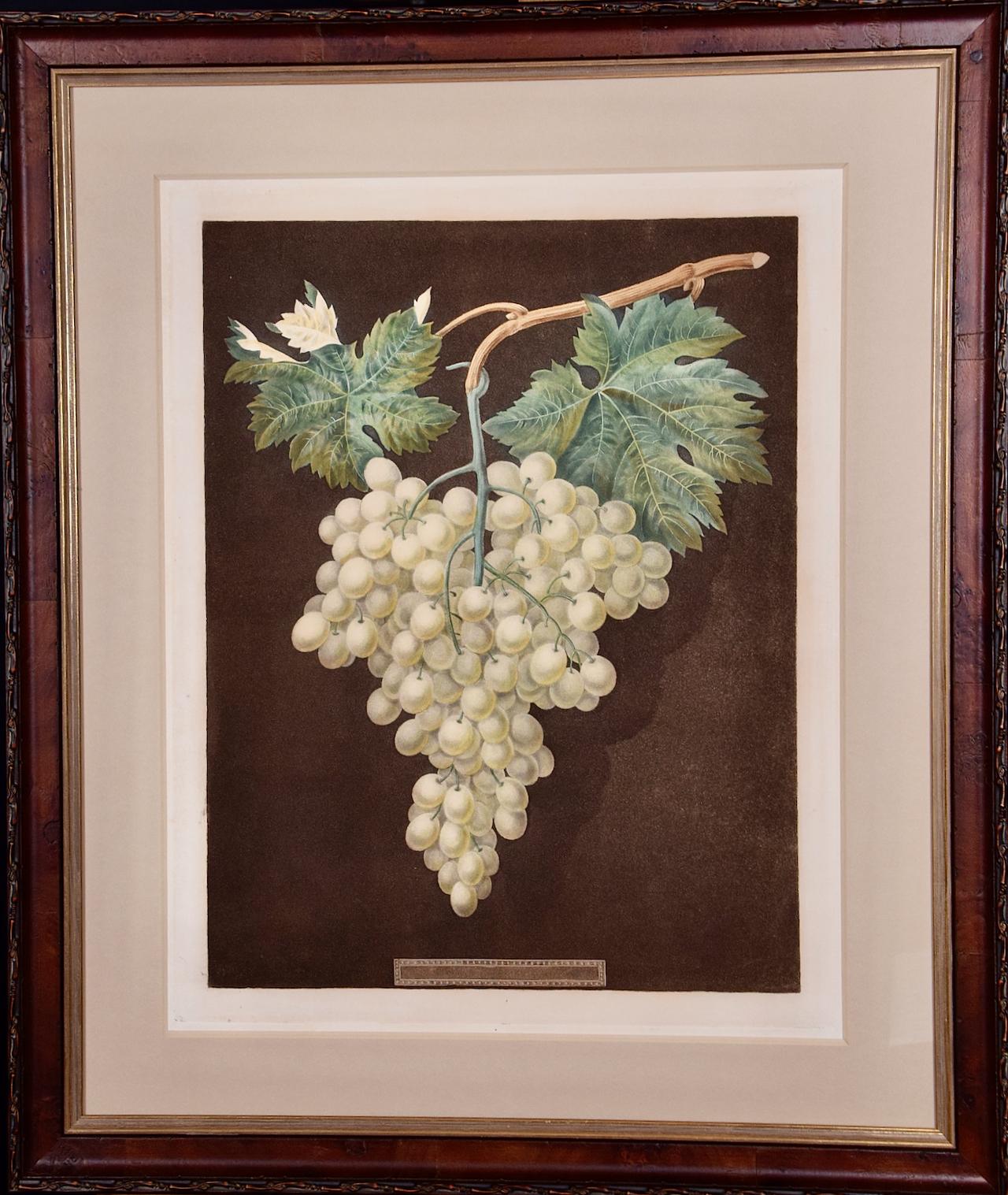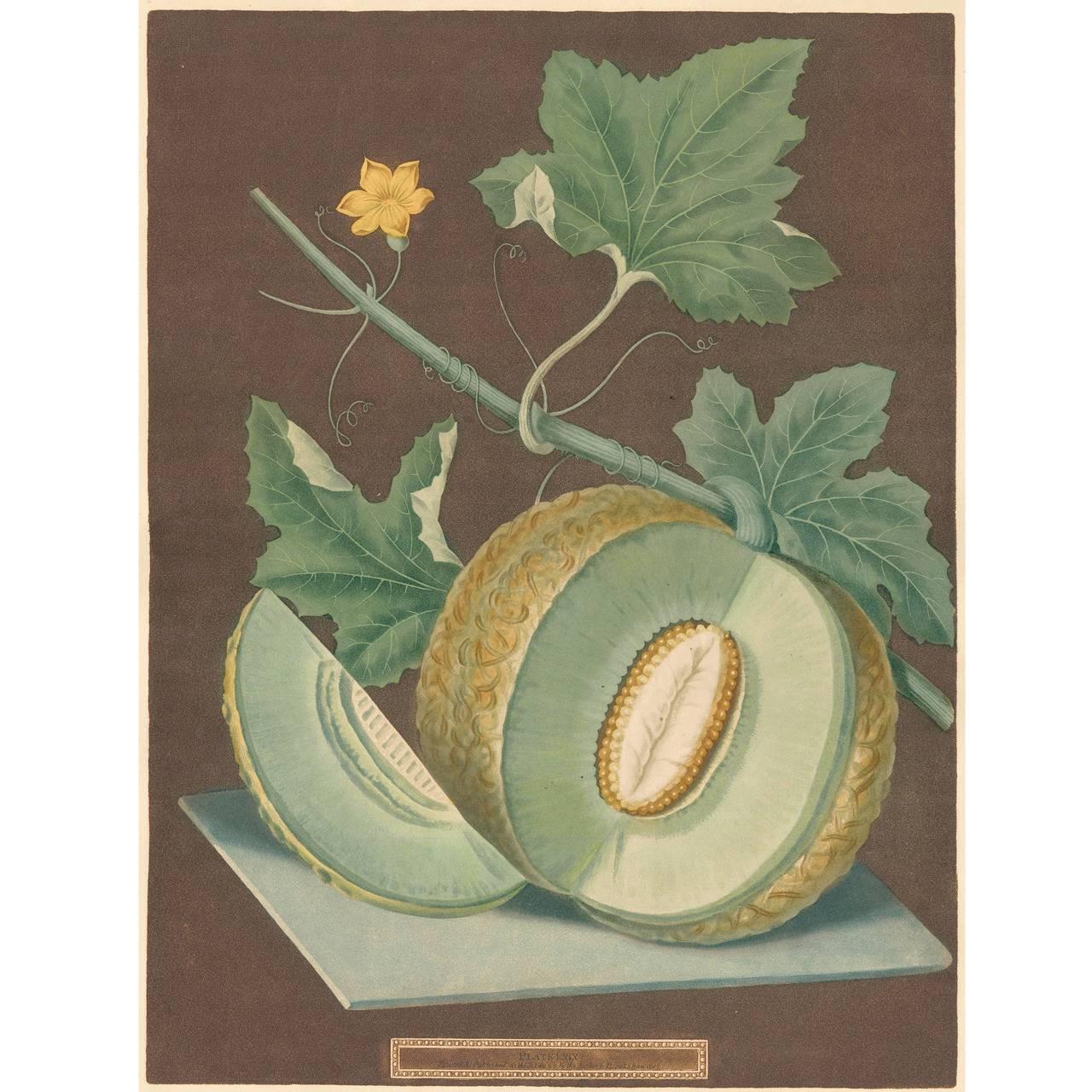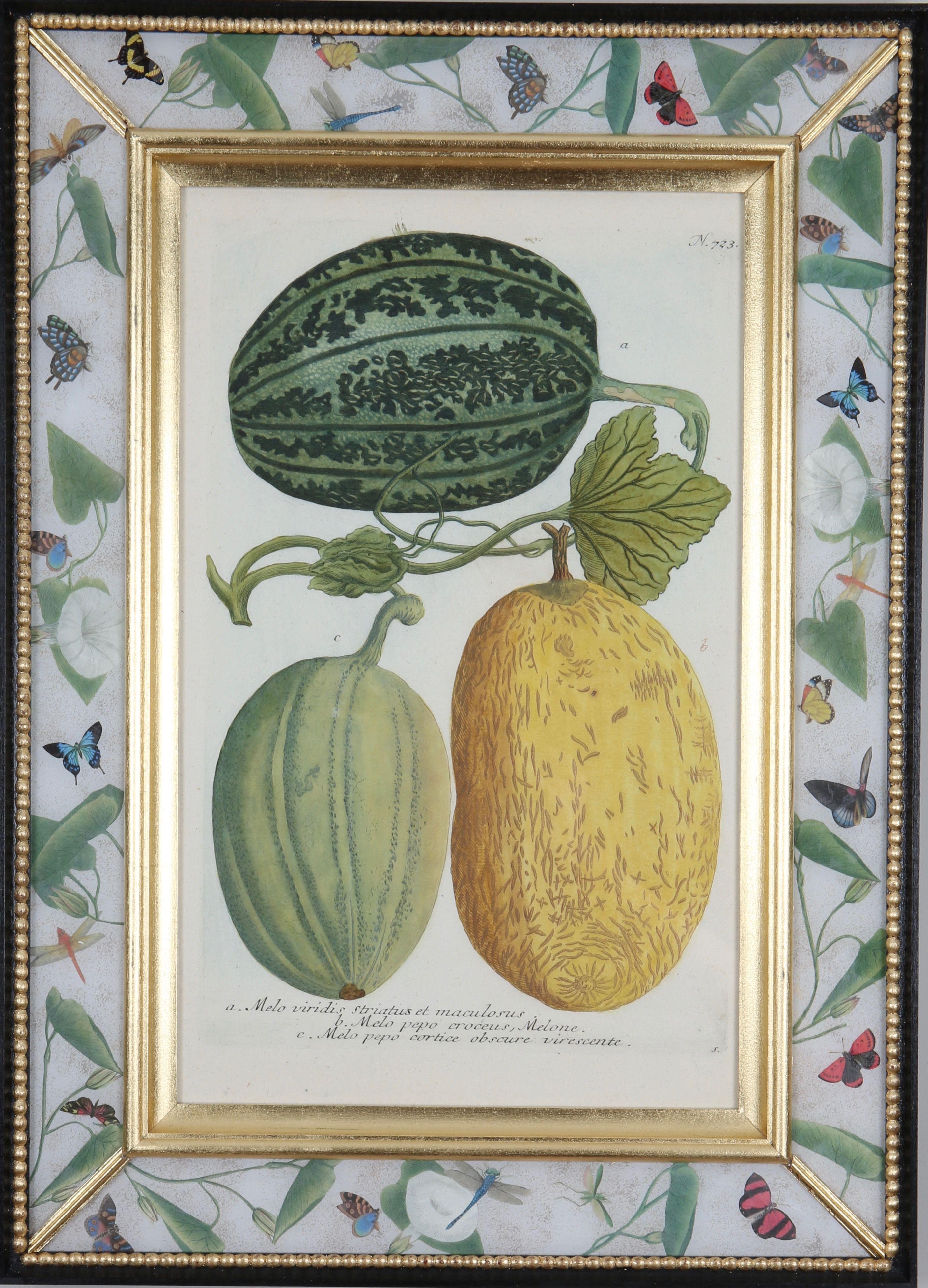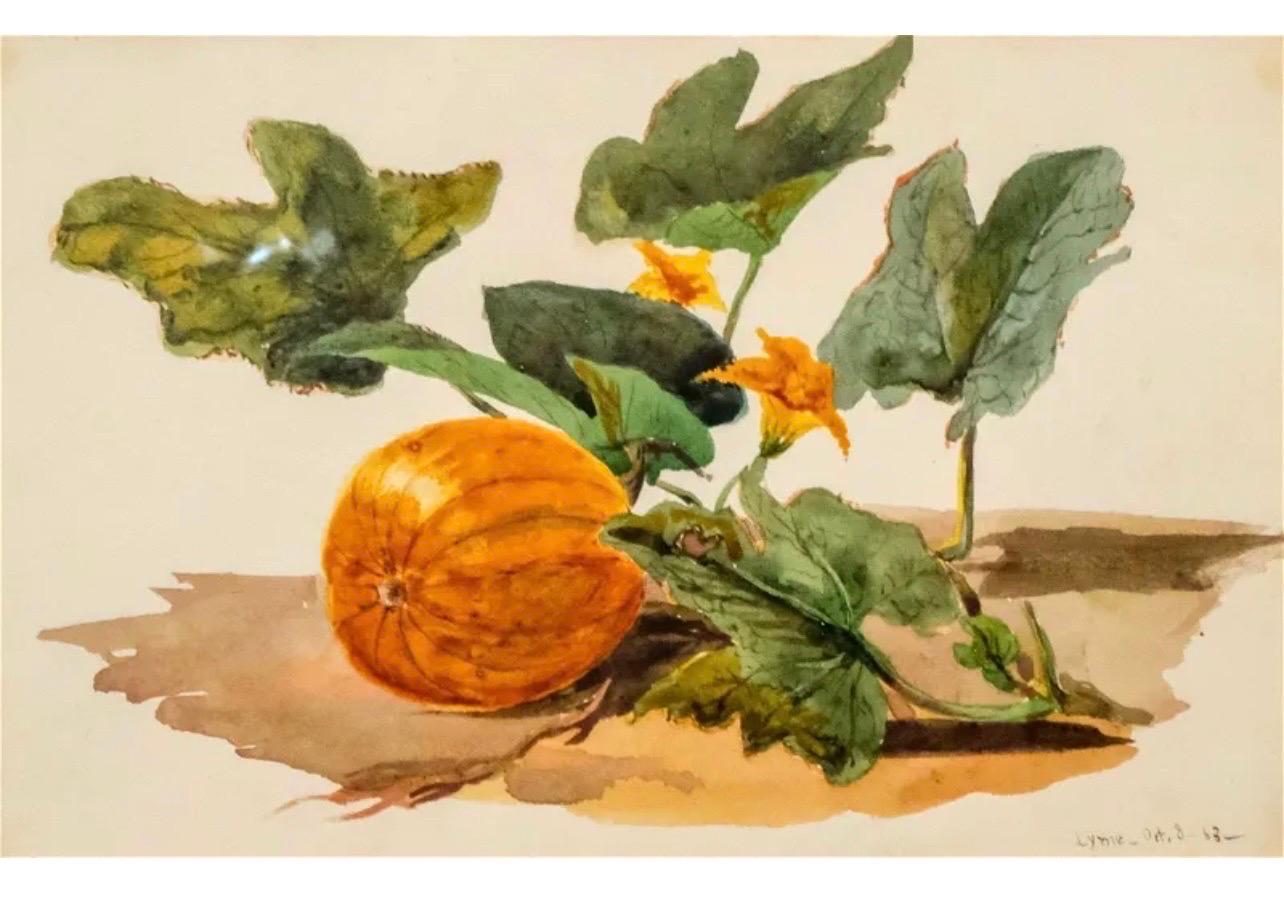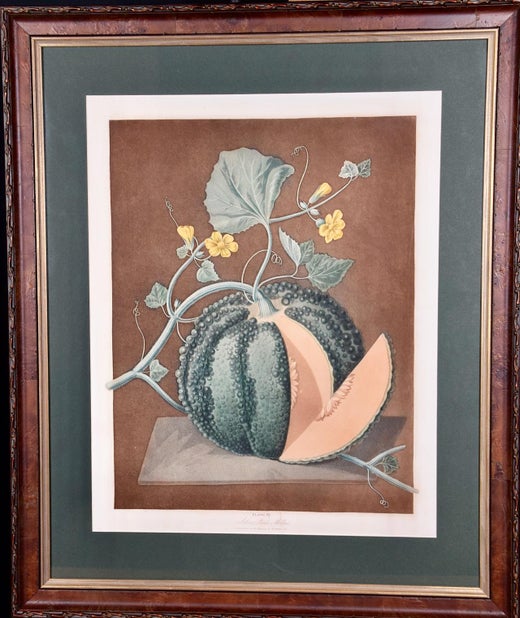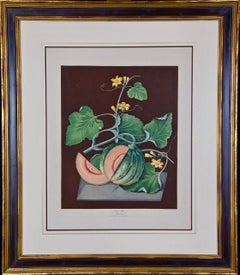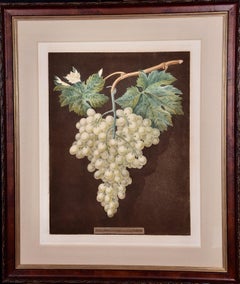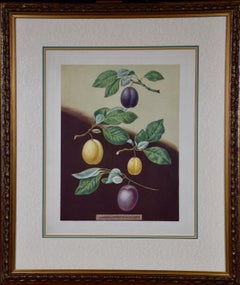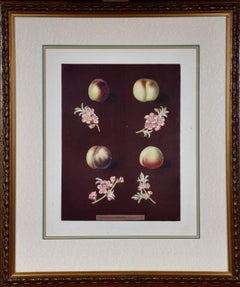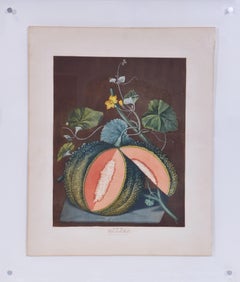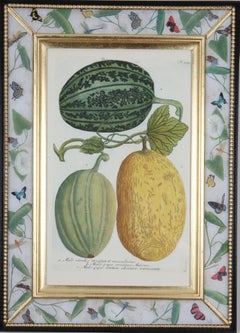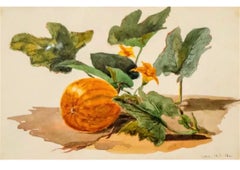George BrookshawSilver Rock Melon: A Framed 19th C. Color Engraving by George Brookshaw1812
1812
About the Item
- Creator:George Brookshaw (1751 - 1823, British)
- Creation Year:1812
- Dimensions:Height: 25.75 in (65.41 cm)Width: 21.5 in (54.61 cm)Depth: 1.13 in (2.88 cm)
- Medium:
- Movement & Style:
- Period:
- Condition:
- Gallery Location:Alamo, CA
- Reference Number:Seller: # 32981stDibs: LU1173211327532
George Brookshaw
George Brookshaw began his artistic career as a teacher of watercolor painting. During the prime of his life, he was a sought-after cabinetmaker, creating finely-painted neoclassical furniture for patrons such as the Prince of Wales (the future King George IV). However, public records about his career disappear in the mid-1790s, about the same time that his prominent marriage collapsed. There is no mention of him until the Pomona Britannica began its release in 1804. Historian Lucy Wood suggests that Brookshaw began a new career in botanical studies under the name G. Brown, author of A New Treatise on Flower Painting, a painting instruction text. Several plates in the 1817 supplement to that work are now attributed to Brookshaw. Plate 27 by George Brookshaw from one of the finest volumes on pomology, "Pomona Britannica or a Collection of the Most Esteemed Fruits at Present Cultivated in Great Britain". Many of Brookshaw’s models came from the Royal Gardens at Hampton Court and Kensington Gardens.
- ShippingRetrieving quote...Shipping from: Alamo, CA
- Return Policy
More From This Seller
View AllEarly 19th Century Naturalistic Still-life Prints
Engraving, Aquatint
Early 19th Century Naturalistic Still-life Prints
Engraving, Aquatint
Early 19th Century Academic Figurative Prints
Aquatint
Early 19th Century Academic Figurative Prints
Aquatint
1810s Naturalistic Still-life Prints
Engraving
Late 18th Century Naturalistic Still-life Prints
Engraving
You May Also Like
1810s Naturalistic Still-life Prints
Engraving, Handmade Paper, Aquatint
Early 19th Century Prints and Multiples
Paper
18th Century Figurative Drawings and Watercolors
Watercolor, Mezzotint
19th Century Naturalistic Landscape Drawings and Watercolors
Watercolor
19th Century Still-life Drawings and Watercolors
Watercolor
18th Century Figurative Prints
Watercolor, Mezzotint
